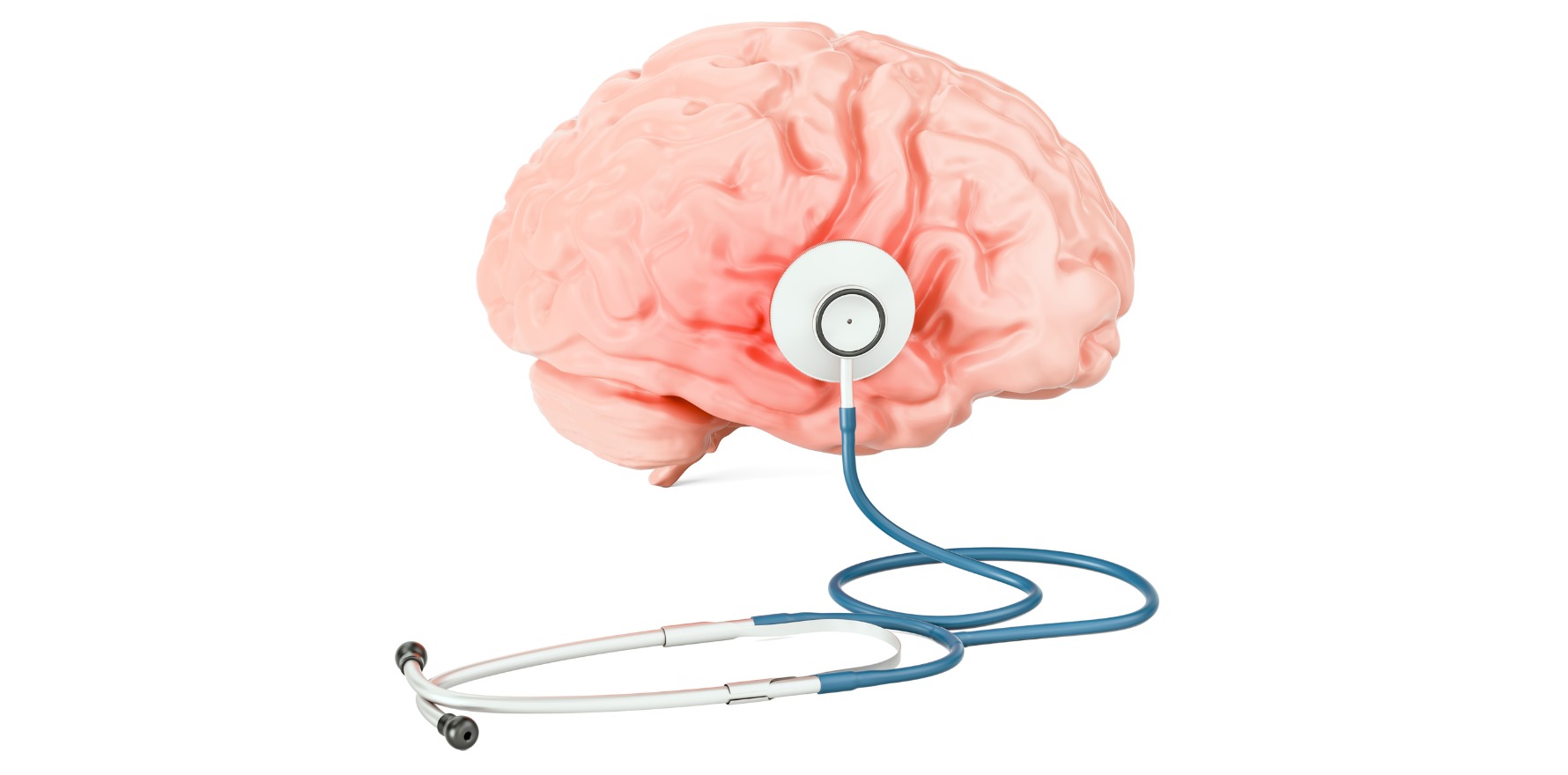If only there were a cohort of easily accessible medical specialists with training to handle long-term, multidisciplinary mental health care.
National youth mental health network Headspace is a “victim of its own success” in terms of demand and case complexity, with researchers calling for better service linkage through more specialised assessment and referral processes.
According to a new review published in the Australian & New Zealand Journal of Psychiatry, co-authored by Headspace architect Professor Ian Hickie, while Headspace’s national office reports that around half of clients have no significant psychological symptoms, empirically derived estimates suggest that about 75% of attendees do require substantive care.
“[It is why] we see a large proportion [of Headspace clients] have poor functional outcomes over a longer-term period,” co-author Dr Frank Iorfino told Health Services Daily’s sister publication The Medical Republic.
“The article is just trying to point out that the needs in these populations are pretty significant, often greater than what Headspace can deal with.
“Headspace also knows this.”
Headspace centres, which PHNs are required to commission, see around one third of patients for a single session of care, with the median being three clinical sessions per person.
According to the paper, around one third of Headspace clients improved following care and the remaining two thirds either remained the same or deteriorated.
Dr Iorfino said part of the challenge is that often young people don’t need clinical intervention on its own.
“People can present to GPs, they can present a Headspace, they can present to a Head to Health phone line – but the problem is those entry points are often not linked,” he said.
“They often don’t look at the person’s needs across a range of dimensions, like … they might need housing support, they might need other psychosocial supports.”
One of the solutions to this issue, the researchers argued, lies in digital health.
“We have to be using technology in smarter ways,” Dr Iorfino said.
“It’s about better assessment systems, better measurement-based care, systems that track people’s outcomes, better systems to help with people navigating to find services that work for them, complementing care with digital approaches [and] online interventions.
“There’s plenty of offerings available now … the idea that people have to wait for care doesn’t make sense.
“There’s care available, the problem is trying to get people to it.”
All eight co-authors were researchers with the Brain and Mind Centre at the University of Sydney, where Professor Hickie is co-director of health and policy.
“Nationally, headspace provides an extremely valuable service for young people in psychological distress,” he said.
“But it is a victim of its own success with both demand and the complexity of cases increasing dramatically.
“This isn’t necessarily about increasing funding but changing the structure of headspace clinics on a national level, so that clients are assessed by senior clinicians at an earlier stage and, where appropriate, put on the right pathways to support their needs.”
Professor Hickie is the Chief Scientific Advisor at digital mental health service Innowell, which he is also a 3.2% equity shareholder in.
Australian & New Zealand Journal of Psychiatry, online 31 January

